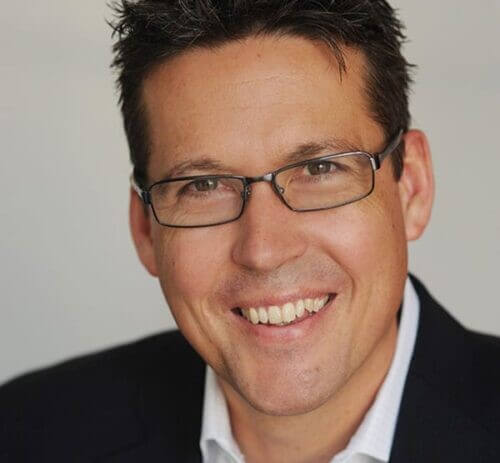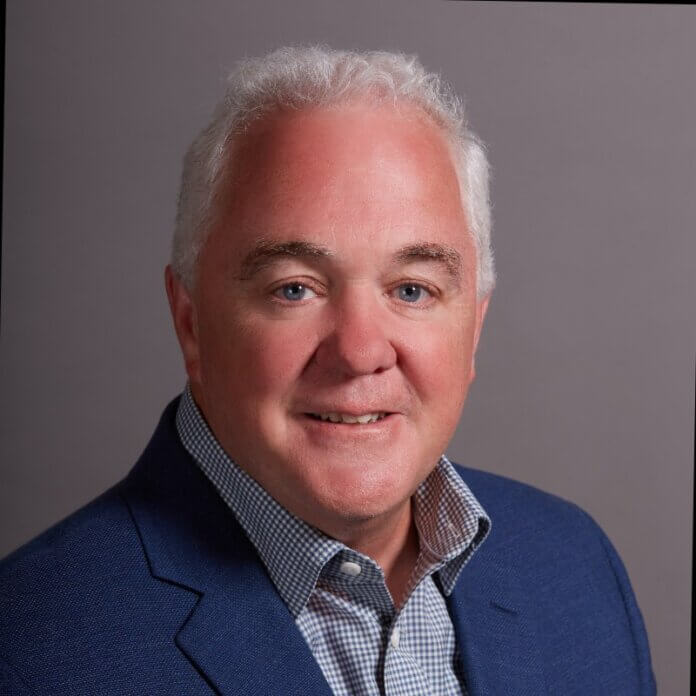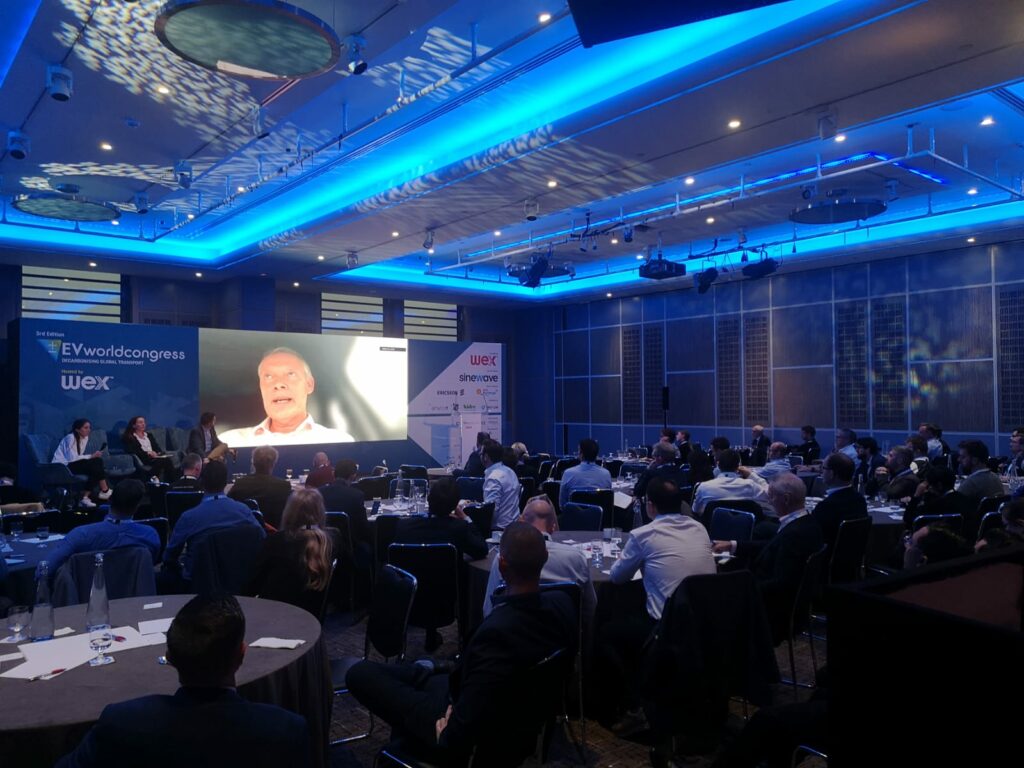California’s Salton Sea holds and opportunity to develop geothermal brine extraction from a region dubbed ‘Lithium Valley’. Image: Imperial County Board of Supervisors.
The mismatch between supply and demand for lithium batteries presents a challenge to the global transition to sustainable energy and the role energy storage will play in it. Andy Colthorpe hears how the dynamics are playing out, and how the challenge can be overcome.
This is an extract of an article which appears in Vol.32 of PV Tech Power, Solar Media’s quarterly technical journal for the downstream solar industry. Every edition includes ‘Storage & Smart Power,’ a dedicated section contributed by the team at Energy-Storage.news.
In the last edition of PV Tech Power, we took a dive into how various factors, both expected and unexpected, have caused disruptions in the supply chain for stationary energy storage.
Coupled with global economic and political factors, phenomenal rise in demand for lithium batteries, led primarily by the electric mobility sector, is leading to constraints, in turn delaying projects and investment decisions.
This time, we ask what mitigating strategies can be taken, from startups looking to deploy storage, to politicians looking to support the growth of economies based around clean energy.
The big picture
As the second half of this year began, lithium carbonate pricing remained the main concern, according to Cormac O’Laire, senior manager for market intelligence with Clean Energy Associates (CEA). Even as additional lithium mining projects come online in Q4 2022, CEA expects supply will remain tight.
“To address potential lithium shortages, battery and nickel manganese cobalt (NMC) cathode makers are entering into long-term agreements with lithium miners. The price of commodity metals such as nickel and cobalt have begun to ease following significant volatility after Russia’s invasion of Ukraine sparked nickel and copper supply fears,” O’Laire says.
While the price trends of those commodity metals are expected to “remain flat until the end of the year,” investment in battery raw materials mining in general is “woefully underfunded,” with CEA forecasting that about US$5 billion will have been spent in this area during 2022 worldwide.
Whereas, to quote Battery Metals Review analyst Matt Fernley’s forecasted figures, US$15 billion annual investment is required to meet battery demand just from electric vehicles (EVs) by 2030.
“More investment in raw materials, and particularly in lithium, is required by both governments and the private sector to resolve looming supply-demand constraints,” O’Laire says.
Further downstream, in China, battery energy storage system-specific (BESS) cell factories are being built that will take the country’s annual production capacity to more than 200GWh, which “should be enough” to meet global demand up to 2025.
In Europe and the US however, BESS cell projects are taking place, but to a much smaller extent and would not be able to meet demand independent of China, according to the analyst.
Meanwhile, over 5 million tonnes of lithium iron phosphate (LFP) BESS cathode active material (CAM) capacity expansions have been announced in China, about 2TWh of CAM, which will far exceed projected demand by 2025. So, there’s a chance, a “serious possibility” even, that LFP will be a surplus market as early as 2024, O’Laire says.
Startups vs big players
Some industry players believe the situation is beginning to ease, especially regarding the impact of COVID-19 on logistics.
Some calming of price volatility makes it likely BESS project developers will start to be able to consider Final Investment Decisions during Q3 2022, CEA analysis has indicated.
After some of the biggest price increases in years, prices for key battery metals like cobalt, lithium and nickel have “turned the corner”. With lithium chemical prices having the greatest impact among those commodity costs, CEA is expecting lithium prices to remain relatively flat, below the highs that were seen earlier this year, for at least the rest of 2022.
Supply-demand balance will remain precarious however, from Q4 into Q1 2023, and that could drive prices up into the New Year, according to Cormac O’Laire and his team.
The short-term disruption means the storage industry has had to swallow rising costs of batteries or pass them onto customers.
The good news appears to be that not many report a fall in demand, despite some introducing raw material index (RMI) based pricing, following the lead of the EV industry.
The impacts will likely affect bigger players in very different ways to startups. The likes of Fluence, Powin Energy and Honeywell, among the bigger system integrator and BESS manufacturers in the non-Chinese industry, have locked in deals for multiple gigawatt-hours of cell supply over several years. For smaller players, the scramble continues.
“Whoever is a small consumer of battery cells, is very much in a pickle at the moment,” Dr Nicolo Campagnol, solution manager for McKinsey Battery Insights, says.
There’s a need to think outside the box. One interesting thing is that companies developing second life battery solutions, repackaging used battery cells and packs from EVs into ESS applications, are flourishing, as are various second- and third-tier battery makers.
It may not be a dominant technology set by any means, but the McKinsey Battery Insights solution manager says it would be wrong to underplay the role of second life batteries in the BESS sector, which may account for at least double-digit percentages of installations in the coming years.
Right technologies for the job
LFP is increasingly the cell chemistry of choice for BESS. In PV Tech Power Vol.31, we heard that the growing popularity of LFP for electric cars, particularly for shorter range, lower priced vehicles, erodes availability of cells for stationary storage.
Historically, NMC had been “the Gold Standard,” for BESS, says Nicolo Campagnol, but this gave way to a recognition both in China and elsewhere that the less energy-dense, but cheaper, LFP could be a “great idea” for stationary storage.
Yet LFP requires a higher proportion of lithium in the cell than NMC, and lithium carbonate price rises affect LFP more than other chemistries, while growing demand from mobility means less LFP – at least until more LFP factories come online.
Unhappy with paying so much or being unable to get cells, the BESS industry and other consumers see innovation and diversification as an answer.
Some players are developing and commercialising sodium-ion cells, for example. Potentially cheaper and decoupled from demand from the EV sector, McKinsey sees the huge potential of this technology, yet, as for many other new products, only time will show whether claims of lower costs will hold true as R&D progresses and production capacity ramps up.
Artist impression
of how co-located
geothermal power generation and lithium extraction could look in Lithium Valley. Image: CTR.
An ending to ‘the Great Disconnect’
In the last edition of the journal, we heard about the “great disconnect” between raw materials supply and battery manufacturing plans, from Benchmark Mineral Intelligence analyst Caspar Rawles. There simply is no easy fix for that, but the fact is that investing in lithium and other raw materials supply is in the money, which is ironically driven by the same challenging conditions facing the market.
Today, there are efforts to develop direct lithium extraction from brine in Germany and California, to name just two examples. Lithium can be extracted in many ways, McKinsey’s Nicolo Campagnol says,and through methods that have a lower footprint than others, such as geothermal brine.
“It’s beautiful to see all these different technologies coming up, and many of them are actually very feasible,” Campagnol says.
“On the other hand, not all elements can be done like this,” he says, citing the example of cobalt.
“And so not all of the raw material ‘basket’, can be tackled with the same things. Obviously high prices will [have an] influence in general, but some elements are more prone to find a solution quicker than others.”
This is an extract of an article which appears in Vol.32 of PV Tech Power, Solar Media’s quarterly technical journal for the downstream solar industry. Every edition includes ‘Storage & Smart Power,’ a dedicated section contributed by the team at Energy-Storage.news.
Continue reading










